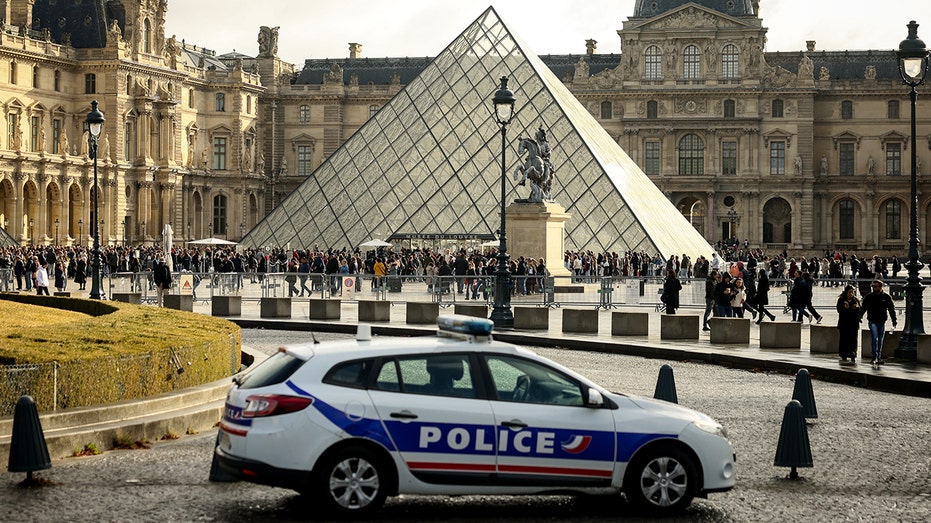For centuries, the legend of Atlantis has captivated imaginations, dismissed as myth by many. But what if the lost city wasn’t a fable, but a submerged reality waiting to be rediscovered? A team of researchers believes they’ve found compelling evidence pointing to Atlantis’s location – off the coast of Spain, on Salmedina Island.
The discovery centers around massive stone structures sprawling across roughly 11.6 square miles of seafloor and coastline. These aren’t small formations; some walls stand an imposing 23 feet high and are 6.5 feet thick, hinting at a sophisticated civilization lost to time. Visible only during low tide, these submerged slabs are estimated to be over 11,000 years old.
Michael Donnellan, the driving force behind the investigation, believes these ruins represent the remnants of a lost Atlantic civilization – a civilization remarkably similar to the one described by Plato. His decade-long pursuit is documented in the film "Atlantica," a detailed exploration of the site and its potential significance.
The key to understanding the age of these structures, according to Donnellan, lies in their depth. Geologists estimate that objects buried around 10 feet deep in this region are approximately 3,000 years old. However, these ruins lie far deeper – exceeding 65 feet – and are likely covered by additional layers of sediment, pushing their origins back millennia.
This depth suggests an age far predating known civilizations like the Phoenicians, Tartessians, and Romans. Researchers estimate the site could be 10,000 to 12,000 years old, potentially rewriting the timeline of human history and revealing the existence of advanced cultures far earlier than previously imagined.
Adding to the mystery is evidence of a cataclysmic event. The area lies near a major geological fault line, and the sediment surrounding the structures shows a chaotic, unsorted layering – a telltale sign of a sudden, devastating impact or dramatic climate shift. This suggests the civilization wasn’t simply abandoned, but destroyed.
Advanced technologies like LiDAR and multibeam echosounders were crucial in mapping the site. The echosounder created a detailed 3D map of the ocean floor, revealing the extent and complexity of the underwater ruins. This meticulous documentation forms the core of Donnellan’s research.
The parallels between the discoveries and Plato’s descriptions of Atlantis are striking. Donnellan argues the similarities are too precise to be coincidence, suggesting Plato’s account wasn’t a myth, but a historical recollection passed down through generations. He prefers to call it an “Ancient Atlantic Culture” for those skeptical of the Atlantis label.
This isn’t the first time ancient texts have guided archaeological discoveries. In the 1870s, Heinrich Schliemann used Homer’s *Iliad* to locate the ruins of Troy, proving a legendary city was, in fact, real. Donnellan hopes to achieve a similar breakthrough, elevating Atlantis from myth to historical fact.
If confirmed, these findings would challenge the established narrative of civilization’s origins, suggesting the earliest advanced societies flourished far earlier than Mesopotamia, currently considered the cradle of civilization at around 5,000 years old.
While Donnellan’s claims are generating excitement, they haven’t yet achieved widespread academic consensus. Some experts, like stratigraphy professor Juan Antonio Morales, suggest the formations are geological in nature. However, others, such as anthropologist José Orihuela, believe Plato’s story may be rooted in the “megalithic phenomenon” of western Europe.
Orihuela points to the Holocene epoch, beginning around 9700 B.C., as a period of flourishing culture in the Iberian Peninsula, particularly along the Gulf of Cádiz. He suggests the structures could be remnants of this previously unknown civilization.
Donnellan invites scrutiny, encouraging those skeptical of his findings to examine the evidence presented in his film series. He believes the ruins represent just a fraction of a larger, hidden history waiting to be uncovered. This is merely “the tip of the mountain,” he asserts.
The research is ongoing, both on land and underwater, with the goal of revealing a more complete picture of this ancient culture. Donnellan believes this discovery has profound implications for our understanding of humanity’s past, suggesting our origins are far more ancient and complex than we’ve been led to believe.
He envisions a past where advanced civilizations thrived, possessing knowledge of culture, navigation, science, art, and music far earlier than previously thought. But this past also holds a warning – a “tragic” event that nearly led to our destruction, a lesson he believes is crucial for our future. And, ultimately, a plea for greater understanding and cooperation among all people.






